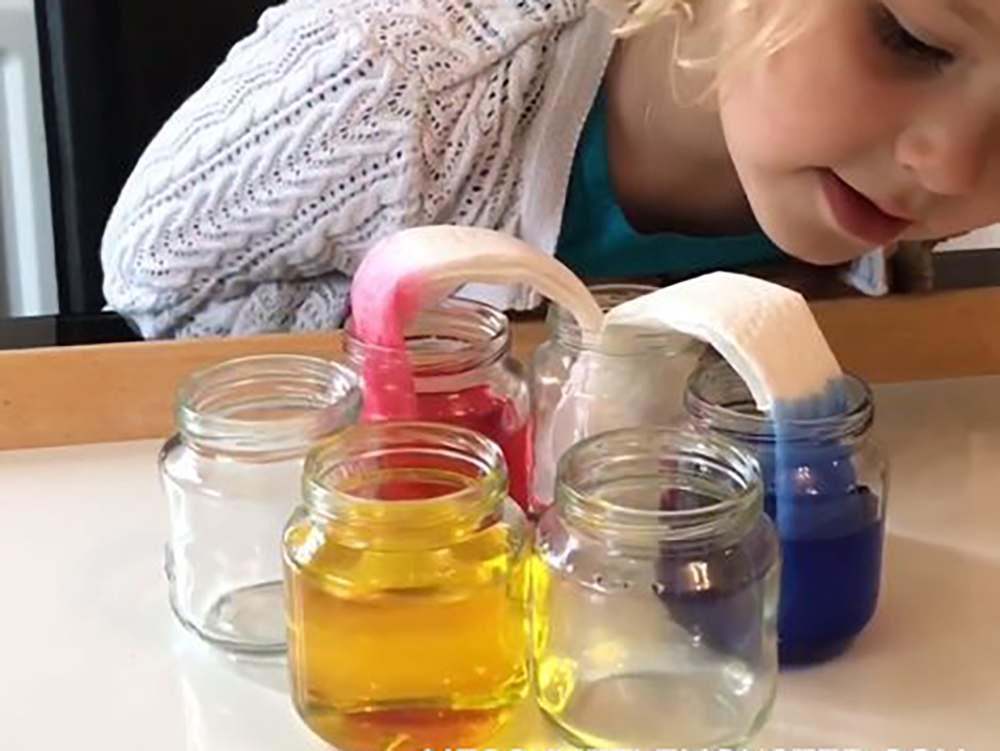I play – it is played
School education as we know it is considered boring by students and without the desired results by education theorists. This is why the search for new and innovative ways of teaching has not stopped. Education professionals do not stop looking for new methods and approaching new ways by borrowing techniques and data from other fields, activities, professions, etc.
The subject of these new techniques, in a few words, is motivating learning, gaining the student’s interest and their participation in the class.
Such fields are art and games.
Not so coincidentally, these two areas have a lot in common. It is no coincidence that in both fields the verb “play” is used: Children play (games) actors Play on stage. The game is “played” but also the role is “played”. Many objects are also found in both fields such as dolls, masks, fake weapons (swords) etc. The same is more or less the case with children: Children playing on Halloween, dress in costumes as fantastic as the ones used by actors for the needs of their roles and performances.
We do not point out these similarities for no reason. We will use them both in the methodology we propose and in the case studies which feature games and art. (performing arts or visual arts).
And of course last but not least we do not exclude creativity in either of them.
The use of both games and art as tools in education, learning, and teaching enhances and mobilizes many other functions and skills. Both games and art offer infinite and varied stimuli to make the student not only learn but also develop their skills and horizons in cooperation, communication, problem-solving. And all of this is happening by, also, triggering the joy of the game and the creation, and not only for gaining particular benefits (better notes, success in exams, scholarships, etc.)
The transition from the traditional form of education to the creative one is not easy.
Teachers and students have to struggle with centuries of cognitive education and corresponding experience and mentality.
The process is time-consuming.
The school needs to have a different technical infrastructure maybe even by adapting their buildings, etc.
Special training is needed. And therefore, this training also concerns the teachers.
Problems become more complex when it comes to STEM learning subjects. Both science subjects and technology, mathematics and engineering have a very specific function and very accurate results. The process of proving that an isosceles triangle has two equal legs does not leave much room for imagination at first glance.
But creativity is a very flexible material and it succeeds in its goal. In the end, a remarkable entity/event awaits us, students’ interest as opposed to their boredom and their in-depth understanding and acquisition of knowledge in relation to mechanical memorization.

